Intro
Mirtazapine treats depression by boosting mood and energy. As an antidepressant, it helps with anxiety, insomnia, and sleep disorders, promoting mental wellness and recovery.
Depression is a complex and debilitating mental health disorder that affects millions of people worldwide. It can manifest in various forms, including persistent feelings of sadness, hopelessness, and a lack of interest in activities that once brought joy. When it comes to treating depression, there are numerous medications available, each with its unique mechanism of action and benefits. One such medication is mirtazapine, which has been widely used for depression treatment. In this article, we will delve into the world of mirtazapine, exploring its benefits, working mechanisms, and potential side effects, as well as providing an in-depth look at its role in managing depression.
Mirtazapine is an antidepressant medication that belongs to the class of tetracyclic antidepressants. It is primarily used to treat major depressive disorder, but it can also be prescribed for other conditions, such as anxiety disorders, insomnia, and post-traumatic stress disorder. The medication works by increasing the levels of certain neurotransmitters in the brain, such as serotonin and norepinephrine, which are involved in mood regulation. By enhancing the activity of these neurotransmitters, mirtazapine helps to alleviate symptoms of depression, including low mood, loss of appetite, and sleep disturbances.
The importance of finding effective treatments for depression cannot be overstated. Depression can have a significant impact on an individual's quality of life, affecting their relationships, work, and overall well-being. If left untreated, depression can lead to severe consequences, including suicidal thoughts and behaviors. Therefore, it is crucial to explore various treatment options, including medications like mirtazapine, to find the most suitable approach for each individual. With its unique mechanism of action and benefits, mirtazapine has become a popular choice for depression treatment, and its effectiveness has been demonstrated in numerous clinical trials.
Mirtazapine Mechanism of Action
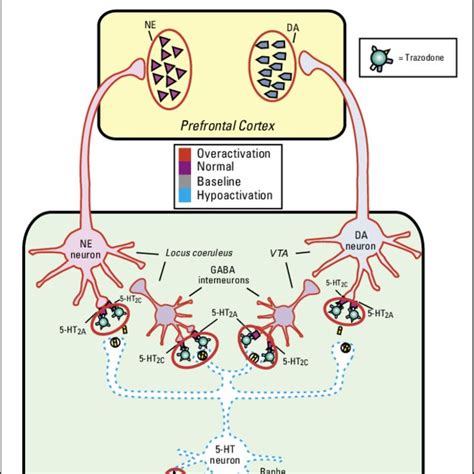
The benefits of mirtazapine in treating depression are numerous. One of the most significant advantages is its ability to improve sleep quality, which is often disrupted in individuals with depression. Mirtazapine's sedative effects can help individuals fall asleep faster and sleep more soundly, leading to improved overall sleep quality. Furthermore, mirtazapine has been shown to have a faster onset of action compared to other antidepressants, with some individuals experiencing improvements in symptoms within a few weeks of treatment.
Mirtazapine Benefits
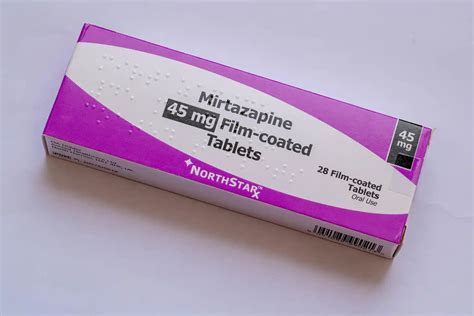
When it comes to treating depression, it is essential to consider the potential side effects of medications like mirtazapine. While mirtazapine is generally well-tolerated, it can cause several side effects, including drowsiness, dry mouth, and weight gain. In rare cases, mirtazapine can cause more severe side effects, such as increased risk of suicidal thoughts and behaviors, particularly in children and adolescents. Therefore, it is crucial to closely monitor individuals taking mirtazapine, especially during the initial stages of treatment.
Mirtazapine Side Effects

In addition to its use as a monotherapy, mirtazapine can be used in combination with other medications to treat depression. For example, mirtazapine can be used in combination with selective serotonin reuptake inhibitors (SSRIs) to enhance its antidepressant effects. This combination can be particularly effective in individuals who have not responded to treatment with SSRIs alone. However, it is essential to closely monitor individuals taking combination therapy, as the risk of side effects can increase.
Mirtazapine Combination Therapy
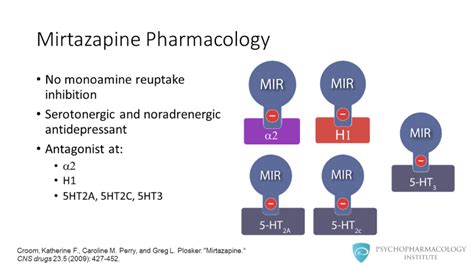
In terms of its pharmacokinetics, mirtazapine is rapidly absorbed after oral administration, with peak plasma concentrations reached within 2-3 hours. The medication has a half-life of approximately 20-40 hours, which allows for once-daily dosing. Mirtazapine is metabolized in the liver and excreted in the urine, with a small amount excreted in the feces.
Mirtazapine Pharmacokinetics
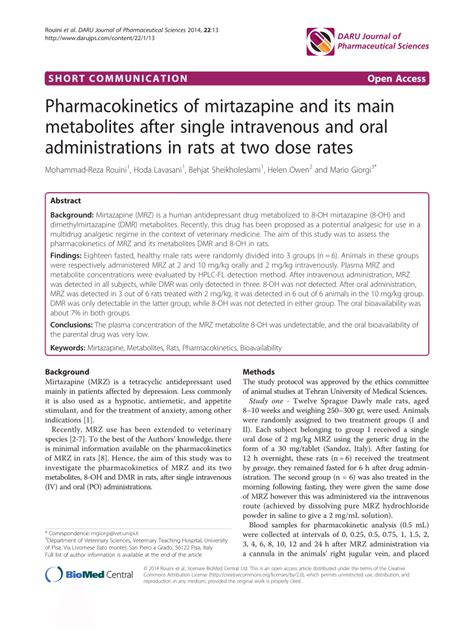
In conclusion, mirtazapine is a valuable medication for the treatment of depression. Its unique mechanism of action, benefits, and potential side effects make it an attractive option for individuals with major depressive disorder. By understanding the benefits and risks associated with mirtazapine, individuals can make informed decisions about their treatment and work with their healthcare provider to develop an effective treatment plan.
Mirtazapine Treatment Plan
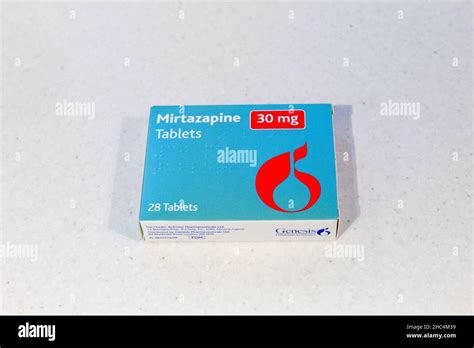
Mirtazapine Risks and Benefits
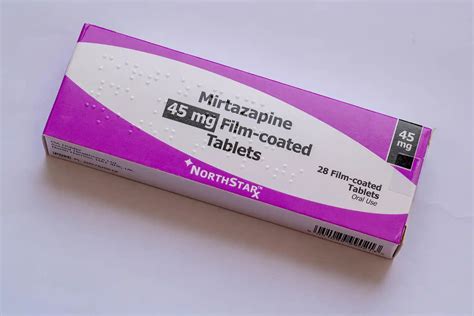
Mirtazapine Abuse Potential
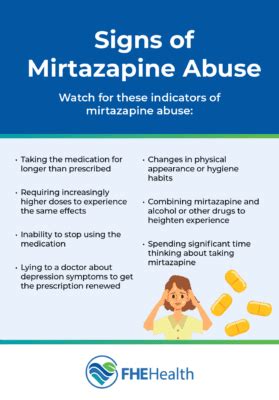
Mirtazapine Storage and Disposal
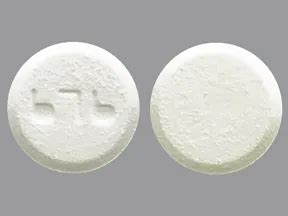
Mirtazapine Interactions
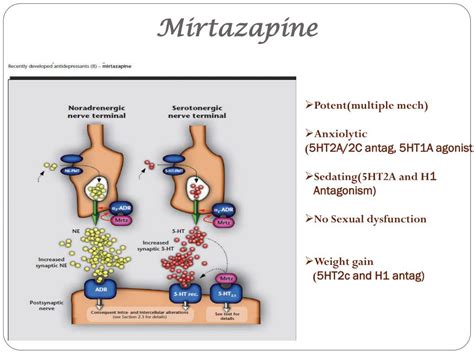
We invite you to share your thoughts and experiences with mirtazapine in the comments section below. Have you taken mirtazapine for depression or another condition? What were your experiences with the medication? Do you have any questions or concerns about mirtazapine? We encourage you to share your thoughts and engage in a discussion with others who may have similar experiences.
What is mirtazapine used for?
+Mirtazapine is primarily used to treat major depressive disorder, but it can also be prescribed for other conditions, such as anxiety disorders, insomnia, and post-traumatic stress disorder.
How does mirtazapine work?
+Mirtazapine works by increasing the levels of certain neurotransmitters in the brain, such as serotonin and norepinephrine, which are involved in mood regulation.
What are the potential side effects of mirtazapine?
+Mirtazapine can cause several side effects, including drowsiness, dry mouth, and weight gain. In rare cases, mirtazapine can cause more severe side effects, such as increased risk of suicidal thoughts and behaviors.
Can mirtazapine be used in combination with other medications?
+Yes, mirtazapine can be used in combination with other medications, such as selective serotonin reuptake inhibitors (SSRIs), to enhance its antidepressant effects.
How long does it take for mirtazapine to start working?
+Mirtazapine can start working within a few weeks of treatment, but it may take several weeks or even months to experience the full benefits of the medication.
